About Ecological Restoration
"A world of grass and flowers stretched around me, rising and falling in gentle undulations, as if an enchanter had struck the ocean swell, and it was at rest forever."
- Eliza Steele, 1840, upon entering the tallgrass prairie of Illinois.
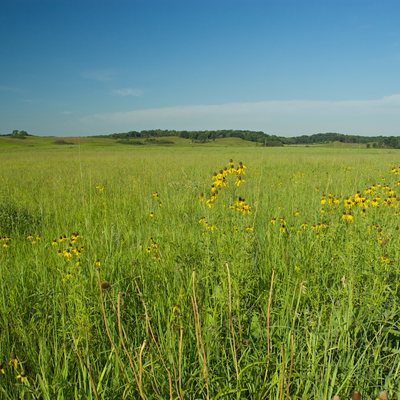 When we try to restore natural areas we are often trying to reestablish the conditions that would have been found in the region before Euro-American settlers arrived. Other times we're just trying to improve the ecological function of the site, improve stability and increase the diversity of plants and animals. To understand why we do this work, you must first understand the history of our landscape. Or, click here to see what ecological restoration services we offer.
When we try to restore natural areas we are often trying to reestablish the conditions that would have been found in the region before Euro-American settlers arrived. Other times we're just trying to improve the ecological function of the site, improve stability and increase the diversity of plants and animals. To understand why we do this work, you must first understand the history of our landscape. Or, click here to see what ecological restoration services we offer.
Two hundred years ago the Midwest US was one of the most beautiful places in the world. It was a landscape shaped by regular fires and the management by indigenous American people. There were vast prairies full of tall grasses and wildflowers, park-like oak savannas, and open and diverse woodlands. A wide variety of wetlands dotted and crossed the landscapes, with the edges of lakes and streams softened by plants growing on the moist shoreline and out into the shallows. This landscape was home to dozens of species of reptiles and amphibians, hundreds of types of birds, thousands of kinds of plants, tens of thousands of species of insects and a diversity and abundance of larger animals, including many large game species we no longer see today like bison, moose, elk, wolves, badgers and cougars.
When the first Euro-American settlers arrived they found a landscape that was beautiful but also strange and wild. To them these animals might be dangerous, wild plants could be hazardous, wildfires could burn up everything they had built and the weather could be outright deadly. These settlers worked hard to establish civilization in this landscape, believing that any land that was not used for productive purposes was being wasted. Over time, the remaining wild places became smaller and fewer in number until our landscape was one dominated by agriculture and our natural heritage was nearly forgotten.
Today the natural heritage of our landscape has nearly been erased entirely. Over 99% of the tallgrass prairie has already been lost. Those that have not been tilled-under are now struggling with the impacts of invasive plants and choking brush. Though oak savannas were once the dominate habitat type in southern Wisconsin, so many have become overgrown with weedy trees and exotic brush that almost none remain today. Our woodlands have become so shaded by aggressive understory trees that there is not enough light for young oak trees to survive. Oak woodlands could become a thing of the past if something is not done soon. Our wetlands are being polluted and silted, and the native plants and animals are losing ground to more pollution tolerant weeds. Meanwhile, development is still wiping out natural areas with regularity.
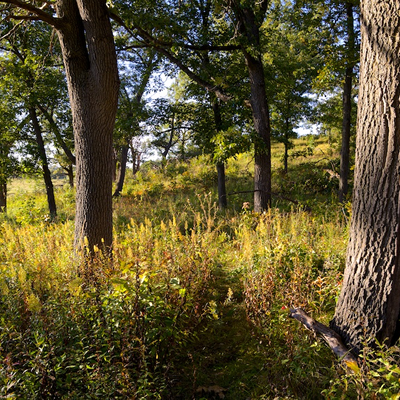
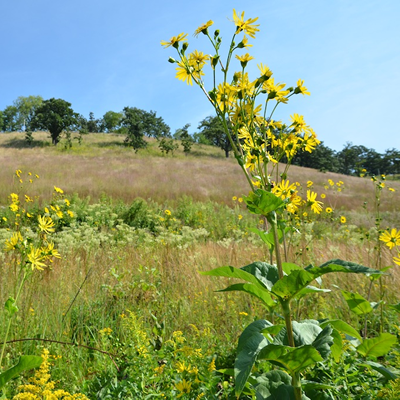
We have learned from great thinkers like John Muir and Aldo Leopold that "nature is not just a commodity to consume but that it is instead a community to which we belong". Standing on the shoulders of these giants, restoration ecologists have learned ways to reverse these destructive trends and restore the beauty and diversity of our landscape.
We now face the fact that humans are causing the sixth global mass extinction event, and that the damage we are causing to the Earth is accelerating. In order to maintain the diversity of life on Earth over the long term and the beauty of our midwestern landscapes in particular, we must act now, to restore our natural areas and recreate those that have been lost. This all may seem overly-dramatic to some, but its our love of life and dedication to the environment that motivates us to work hard every day. Together, we can make the midwest a truly beautiful land again. Let's get started.
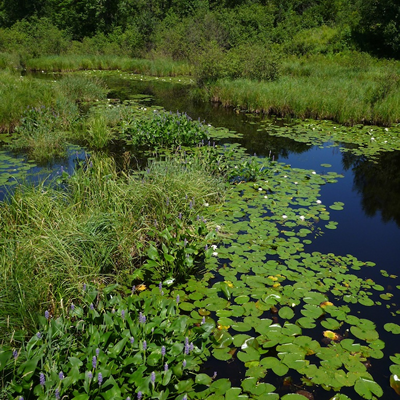
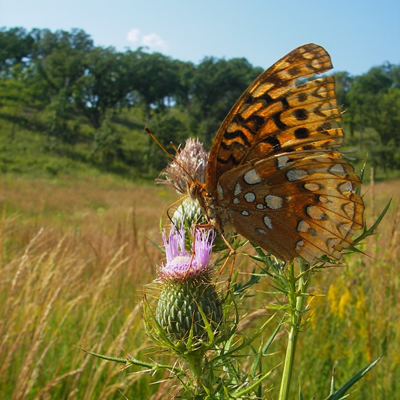
Additional Online Resources
Extinction of the Fittest May Be the Legacy of Lost Habitats
Oak Regeneration In Some Ohio Forests Is Failing, Researchers Find
Books to Read
A Sand County Almanac by Aldo Leopold
Miracle Under the Oaks by William K. Stevens
The Tallgrass Restoration Handbook edited by Steven Packard and Cornelia F. Mutel